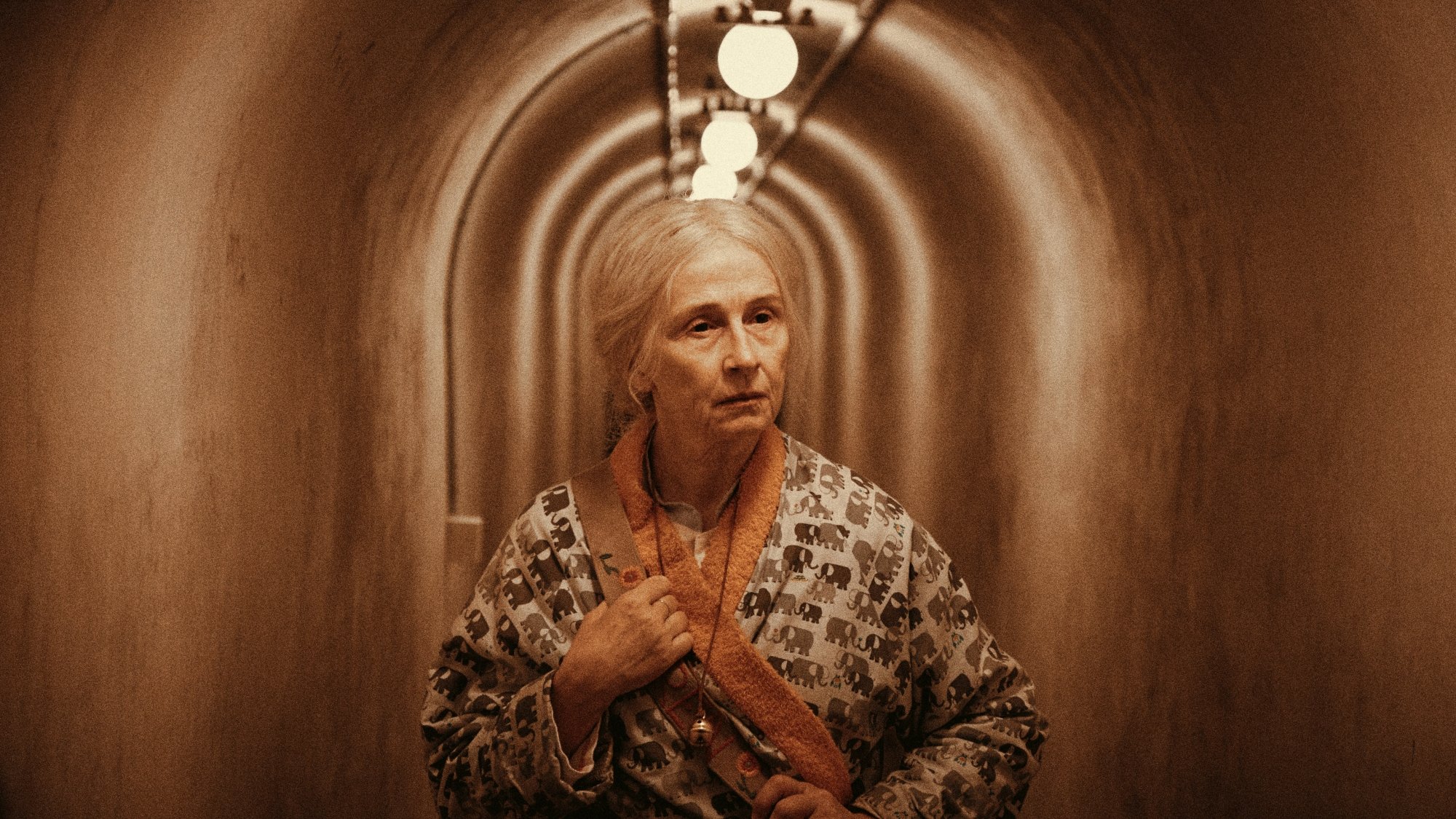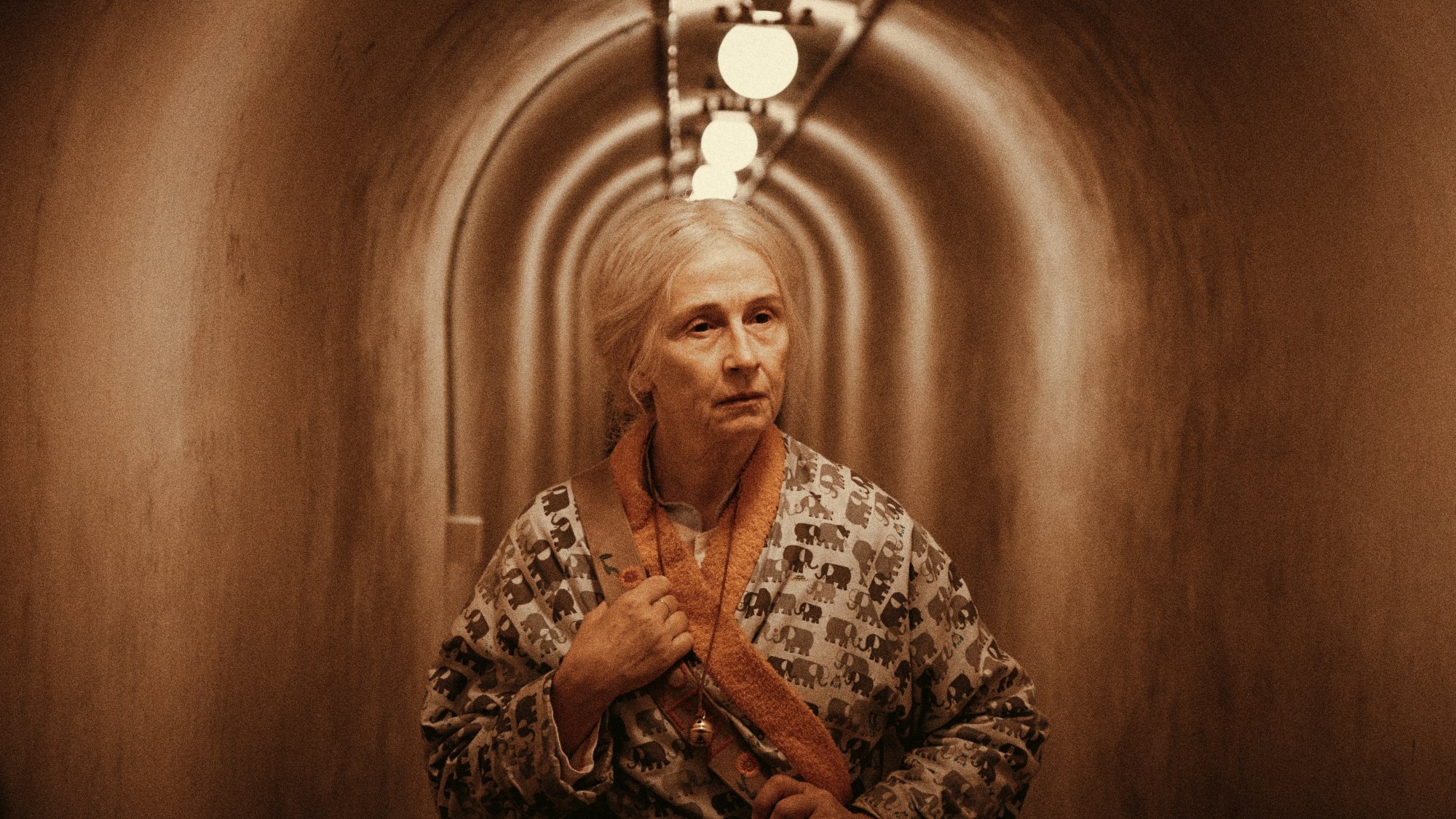
‘The Kingdom Exodus’: Ogier the Dane Statue and Engraving Explained
The Kingdom Exodus finally offers a conclusion to Lars von Trier’s The Kingdom television show that originally only survived for two seasons. However, there’s certainly no shortage of peculiar happenings within the hospital to keep audiences intrigued. The Kingdom Exodus Season 3 Episode 1 shows a statue of Ogier the Dane, but what does it mean?
[Spoiler alert: This article contains spoilers from The Kingdom Exodus Season 3 Episode 1.]
‘The Kingdom Exodus’ Season 3 Episode 1 introduces Ogier the Dane statue

The Kingdom Exodus brings back some familiar faces from its earlier seasons, but the final season also introduces some new ones. Karen (Bodil Jørgensen) takes on one of the leading perspective roles, fulfilling a similar one to Sigrid Drusse (Kirsten Rolffes) in the original two seasons. However, Karen is a fan of The Kingdom in a meta twist, as she tries to finish the work that Sigrid started to free the innocent spirits trapped within the hospital.
The hospital staff brushes Karen off, as she begins to explore the grounds herself. Karen has a brief run-in with Jørgen ‘Hook’ Krogshøj (Søren Pilmark), but he seems quite different from before. The Kingdom Exodus Season 3 Episode 1 sees Karen discover a statue of Ogier the Dane with an engraving that reads “Vide et disce. Exodus anceps ferrum est,” which translates to “See and heed. Exodus is a double-edged sword,” before fainting soon after.
Who is Ogier the Dane?
The Kingdom Exodus refers back to Ogier the Dane with the statue that Karen encounters. He’s a mythological character and a legendary paladin from an old French tale. Ogier is the protagonist of a collection of epic poems referred to as chansons de geste. The story follows the wars between the feudal barons and the emperor Charlemagne. However, Ogier would become a hero celebrated in Danish folk songs.
The mythological figure takes on various meanings across different regions, but his role as a warrior remains the same.
In Danish folklore, Ogier the Dane remains deep in his slumber in Kronborg Castle, where he will remain until Denmark is in its moment of greatest need. At that time, he will awaken from his sleep and save the country. Von Trier demands great meaning from this piece of symbolism.
The meaning behind the statue in ‘The Kingdom Exodus’
Von Trier’s The Kingdom Exodus brings a specific emphasis to the statue of Ogier the Dane, and it isn’t by accident. As a Danish filmmaker, it shouldn’t come as any surprise that this mythological figure had a certain impact on him when deciding to extend the narrative from his twisted series.
The show’s opening reminds the viewer that the hospital was built on the site of the “bleaching ponds,” further expanding the mythology of the building’s depth. In this case, the hospital is Ogier’s castle where he remains in a deep slumber. The statue’s appearance in The Kingdom Exodus is a harrowing sign of things to come where he may be needed. Or perhaps he has awoken inside of Karen, making her the figure that the hospital needs.
Now, let’s consider the inscription that Karen reads on the statue: “See and heed. Exodus is a double-edged sword.” The term “exodus” means a departure of people, which the show’s title took on for its third and final season. There are light and dark spirits at play here, as demonstrated throughout the series, but interfering with such forces hints at the aforementioned “double-edged sword.” This situation isn’t to be handled lightly, answering the urgency for the reader to “see and heed” its message.
Helmer Jr. (Mikael Persbrandt), son of Stig Helmer (Ernst-Hugo Järegård) from the first two seasons, makes a grand arrival. Similar to his father, he perpetuates the ongoing cultural war between the Danes and the Swedes, progressively losing his patience the longer he works at the hospital. This quote’s “exodus” also largely refers to the movement between the two Scandinavian countries that could see favorable and unfavorable outcomes.


